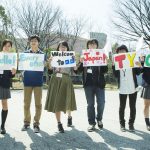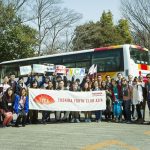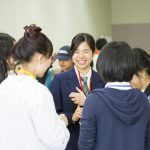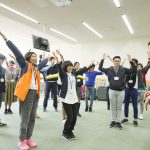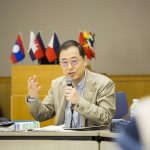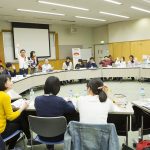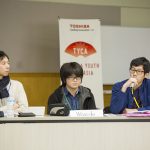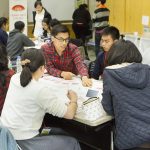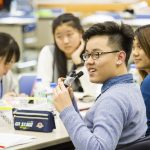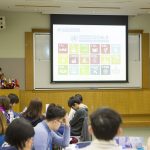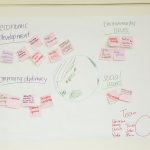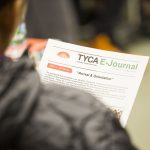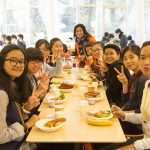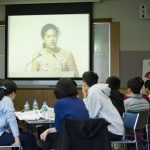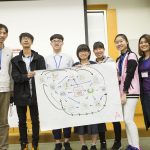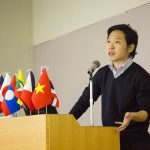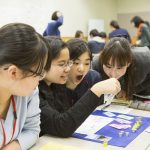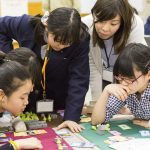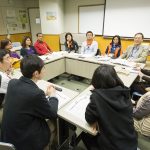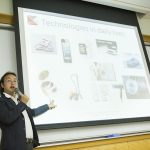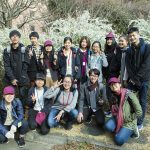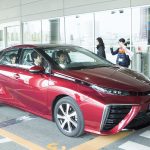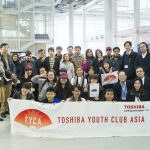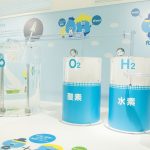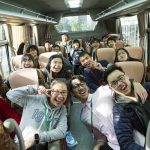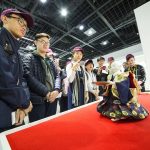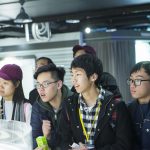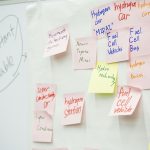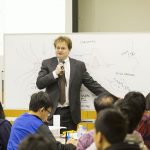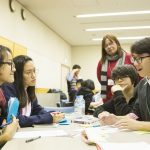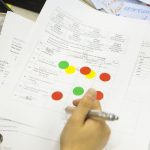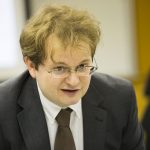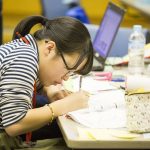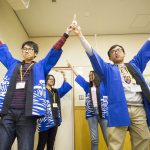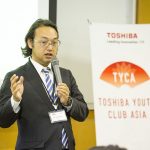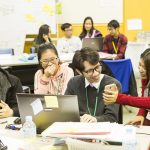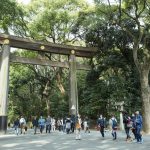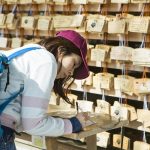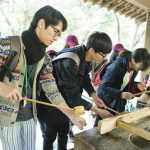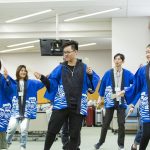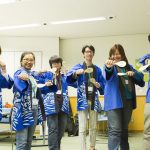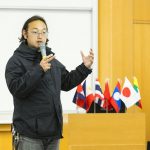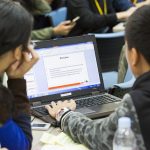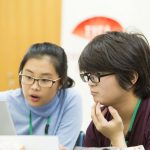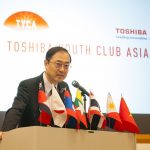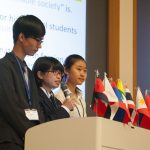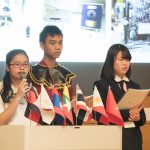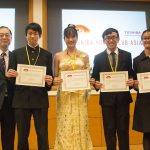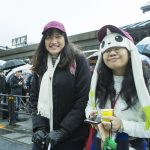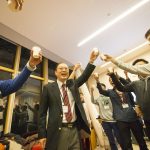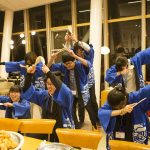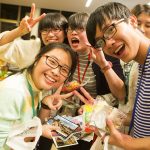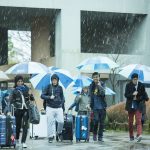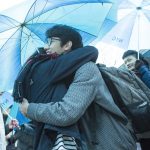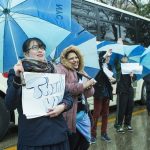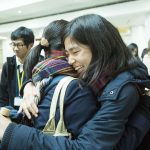Toshiba Youth Club Asia Vol.3 was held in Tokyo, Japan from 20th – 27th March 2017.
The participants this time are from Cambodia, Laos, Myanmar, Philippines, Thailand, Vietnam, and Japan.
DAY-1 “Arrival & Orientation”
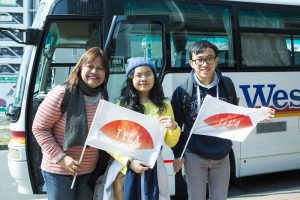
Japanese participants and TYCA staff headed towards bus parking to welcome international students, from from Cambodia, Laos, Myanmar, Philippines, Thailand, Vietnam.
After the Orientation of whole program by the staff, Thant, Review of all 8-day schedule briefly was explained by Ms. Hoshino.
Mr.Omori welcomed the students and talks about Toshiba’s goals internationally
Introduces Toshiba International Foundation and the key objective of TYCA – Problems facing Japan, such as social problems and their role in Asia. The theme of TYCA, which is the Vision of Asia in 20 years by 2040 (TYCA Vision 2040), and the concrete actions that must be taken. He also explained the daily themes set for the program and its importance towards helping the participants envision the future.
DAY-2 “Diversity & Identity”
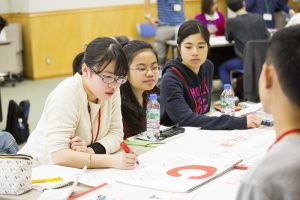
After a little exercise by Ms. Hoshino, Thant started the session on “Diversity and Identity” and handed the mic to Mr.Omori and briefed about the theme “Diversity and Identity”:
- Key to Asia is Diversity
- Diversity according to dictionary “condition of being composed of different elements”
- Consisting of different people
After the session, the i key issues were summarized.
Key issues:
- Industrialization and environment preserving
- identity/tradition/ reidentify culture to prioritize environmental protection
- Mobile phones recycling issue
- Urban mining is now occurring, many resources to recycle and reuse rather than digging the mines.
- Japan can efficiently self-reproduce materials
- Resilience against natural disasters
- Toshiba can come up with cheaper batteries to run cars.
- Strategic thinking and investment is needed to change our shift phase to the next stage.
- Automotives- industrial plants, energy creation – Toshiba is developing cleaner plants.
In the afternoon, all participants have been grouped by colours into working teams, T,Y,C,A,-members.
Essays of all participant are distributed to all groups to discuss and highlight key issues in all essays. This is then summarized to be presented and shared at the next session.
“What is a vision?”
“Vision setting and orientation” was held by Mr. Omori
Review and Reflection:
What is a vision
Aims and objectives, why is vision necessary?
Structure of Asia Vision 2040-Pyramid:
Vision, direction and action
Vision- ideal status of Asia in 2040
Direction Necessary initiatives to make a vision reality
Action – What we can do ourselves to make the vision a reality
Key questions:
What type of roles do you expect Asia to play in the world?
Define or identify the current problems that you want to solve?
What do you think are the biggest challenges that Asia faces to create a sustainable region in terms of economy,lifestyle and environment?
What will be the concrete issues
After the dinner, Kaoru introduced the E-Journal to participants based on what they have learnt each day
DAY-3 “Learning Global Issues”
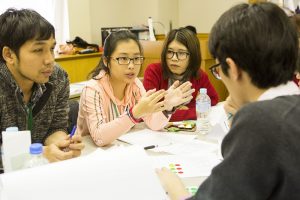
After the breakfast, SDGs presentation by Ms. Hoshino started by showing Seven Suzuki’s video. After the video she distributed cards with world problems and asked the participants to mind map them according to how they are related.
The next session, Lecture by Dr.Yamaguchi, started with explaining SDGs – “what is a sustainable development goals and why do we have them?”. He also pointed the partnership for regional connectivity: water-Energy-Food in Greater Mekong Subregion.
Summary Diagram:
Hydro-power development has positive and negative impacts including reservoir fishing and mitigating flooding but food access, livelihood change, reduce in iconic fish etc.This is a gain for Thai and Lao in terms of hydro power while Cambodia and Vietnam will be impacted negatively environmentally.
What can countries gain and take from each other?
Do we really need hydro power energy?
How we utilize technology to mitigate this impact?
He reminded us what Seven Suzuki said earlier; “we make so much waste, buy and throw away…”
After the explanation of the 3 keys for the Vision below Mr. Omori, Logy&Nomy was hosted by Ms. Misato Kishi.
- Asia Vision 2040
- Partnership
- Managing resources
The participants were separated into the “4 countries” and followed the game.
After the dinner the last Workshop/Lecture was held by Dr. Ishibashi following the basic introduction of Technology;
- Why are technologies important?
- Why they are important
- And what technologies are
The day ends as usual by editing of E-Journal of the day in each group! The Advisor’s meeting was held in another room, hosted my Mr. Omori – such as explaining the purposes, sharing the dairy news during TYCA, key issues for the next day.
DAY-4 “Technology & Social Innovation”
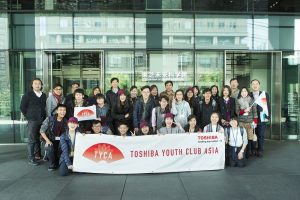
After stretching in the morning and getting fresh air, the participants commuted to Megaweb by bus, the participants had chance to experience riding on Mirai, the Hydrogen Fuel Cell Car by Toyota. They also had time to look around many kinds of cars at Megaweb. Commuting by bus again to Suisomiru, the museum of Hydrogen energy. The participants learnt about the importance of hydrogen for the future.
All the participants headed to the Toshiba Science Museum.
Tour around museum with the guides who showed the participants how Toshiba’s technologies have developed throughout history and future potential technologies.
Participants were introduced to the basics of computer science, history, how it developed and where it is as of today. Basics of coding and algorithms needed to run websites are also introduced to participants.
– What kind of technologies will come in 2040? Here are the ideas by the students:
Group T:
Time machine
Teleportation machine
100% efficient turbines
Submarines that can discover 90% of undiscovered
Artificial blood
Nanorobot to cure cancer
Machine to make atomic bomb
Team Y:
Technique of electrolysis
Cure of aids
Hydrogen cars
Team C:
Glasses for blind people
Water cleanser submarine
Volcano shield
Portable farming
Baymax
Team A:
Industrial robot
Infrastructure
Solar power generation in universe.
DAY-5 “How to make the world better?”
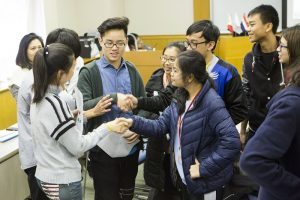
International Negotiation Mock – Mekong River Commission
All participants experienced how negotiations take place in international arena by participating in the mock created by Dr. Daniel.
The mock focused on a Dam Project in Mekong River in which 4 of the participating countries, Cambodia, Thailand, Lao PDR and Viet Nam, are directly concerning.Each group represented the 4 countries.
The activity opened with a country’s position statement. A short communication (no longer than 3 minutes) stating the initial negotiation position of each party. Although not required and not limited, such as
– Why should or should not the initiative be approved?
– Key concerns
– Anything that could trigger that party to change her position?
– Representatives may also want to propose some alternatives at this moment, or rather choose to hide them to use as a “bargaining chip” later during the negotiation
The preparation for the final presentation continued at Yoyogi Olympic Center, of course practicing Kinnya Monya Dance for the Farewell party too:)
The participants mainly worked on making their Power Point presentation.
Practicing of KinnyaMonyaDance also continues by each team in between the preparation.
They wore the special costume (Happi) which were brought from Oki-Dozen island and each team had their practice for the dance contest on the DAY-7.
DAY-6 “Vision of future Asia 2040”
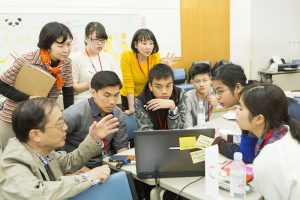
Participants walked through Yoyogi park, into Meji Shrine and back learning about biodiversity, nature and Japanese culture.
Presentation preparation by Dr.Ishibashi continued most of the day, concreting their ideas of TYCA Asian Vision 2040. In the evening, they went to a hall to rehearse for the Final Presentation on DAY-7, knowing layouts, positions and responsibilities.
DAY-7 “Final Presentation – Commitment to Next Action”
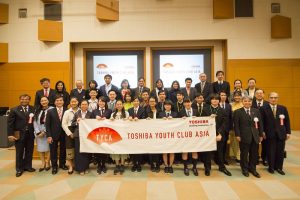
On the final day, the guests from variety of embassies, organizations were attended to the Final Presentation. The lecturers Dr. Ishibashi, Dr. Yamaguchi and Dr. Daniel also attended.
Each group; T, Y, C, and A presented their final presentations considering on the theme “TYCA Asian Vision 2040”. The titles of each presentation are below
The videos or more details are here
Group T: “By 2040, we will be a strong Asian region working well as partners based on our identities and diversities, and through modern technologies, build and sustain environments and communities.”
Group Y: “To establish an Asian Community centered around efficiency, sustainability, inclusivity and cooperation that forwards the empowerment and protection of each person through advancements in education, environmental conservation, innovation and social involvement.”
Group C: “Sustainable society and environment with better and more affordable technology”
Group A: “Our vision is to achieve sustainable economic development through technological innovation and regional cooperation to provide a healthy, stable quality of life and a safe environment to live in harmony while embracing diversity.”
After the lunch, all the students had free time and headed to Harajuku in one group! Unfortunately it was raining and cold, but for them, they needed more time to spend their shopping time there.
The dinner tonight was special buffet style for the farewell party at Cafe Friends.
Kampai time, Showing the memory of past days, exchanging their souvenirs from each country etc…the highlights of the night were Kinnya Monya Dance contest and the Sukiyaki song(Ue wo muite arukou) by the students!
DAY-8 “Departure”
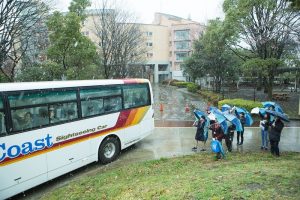
Very early morning, the participants got chance to see the snow in the morning, which is not the standard weather in March in Japan. They all got together at the bus stop to farewell. The departure of the participants from ASEAN countries.
We hope to see you in the future!
END.

